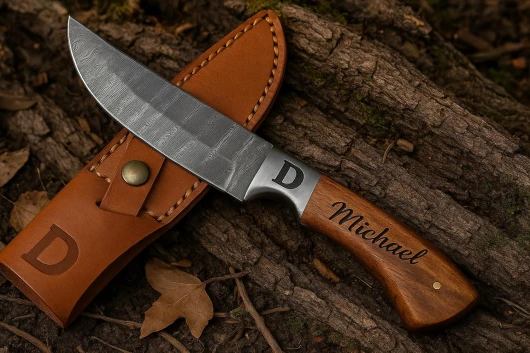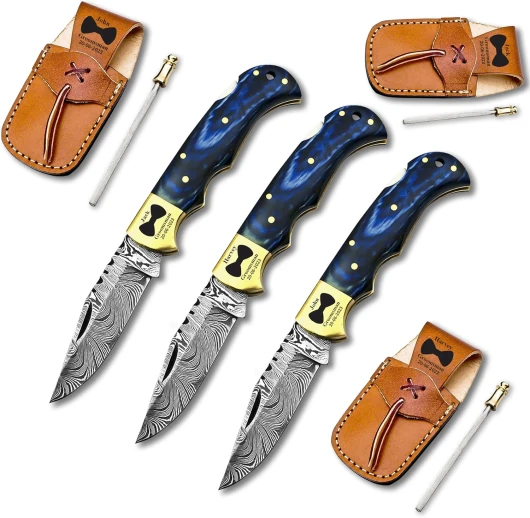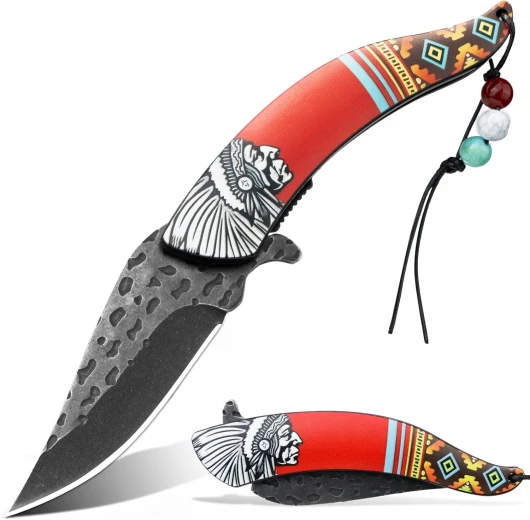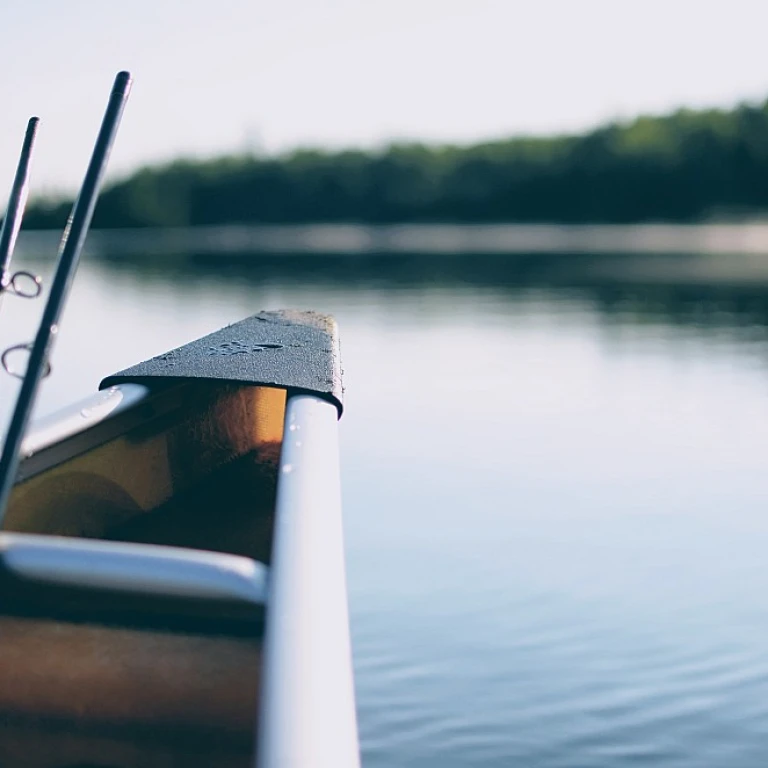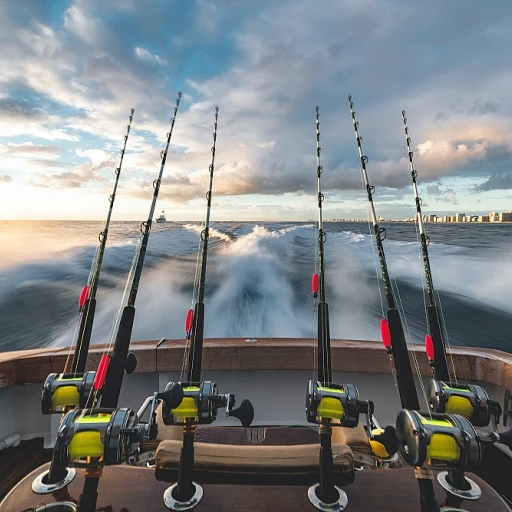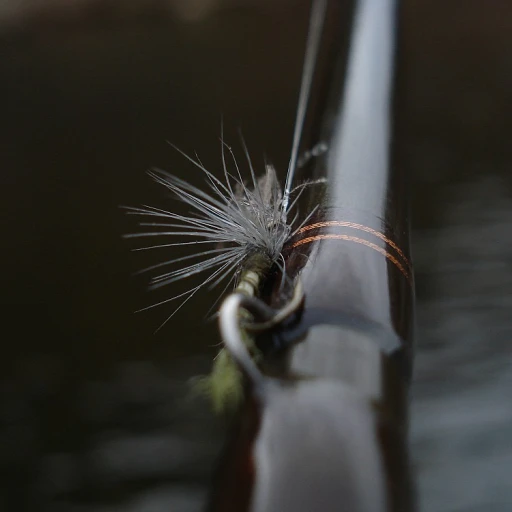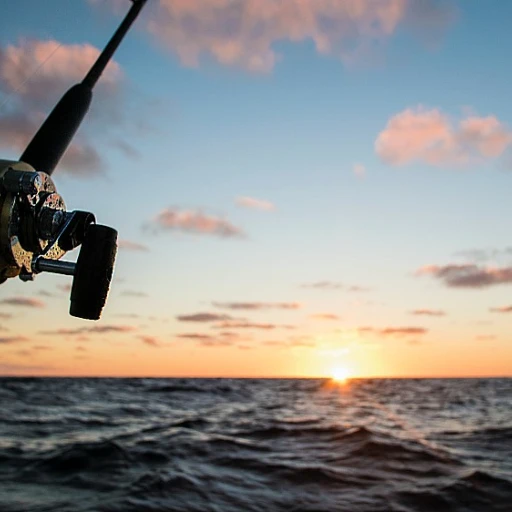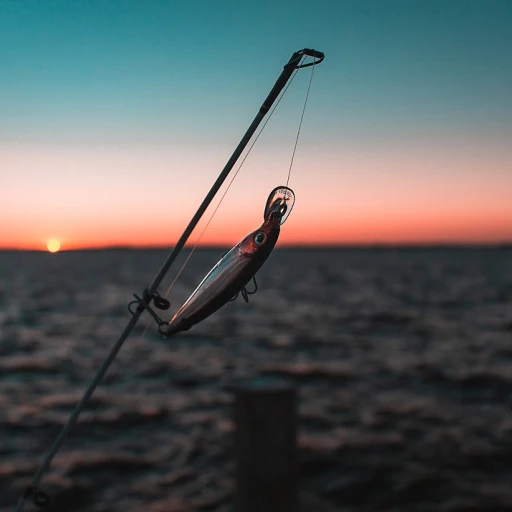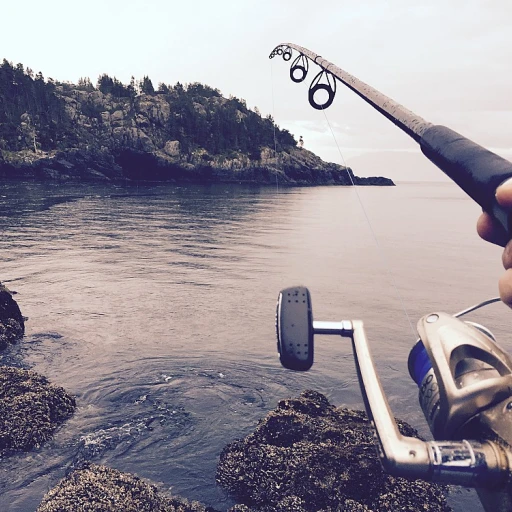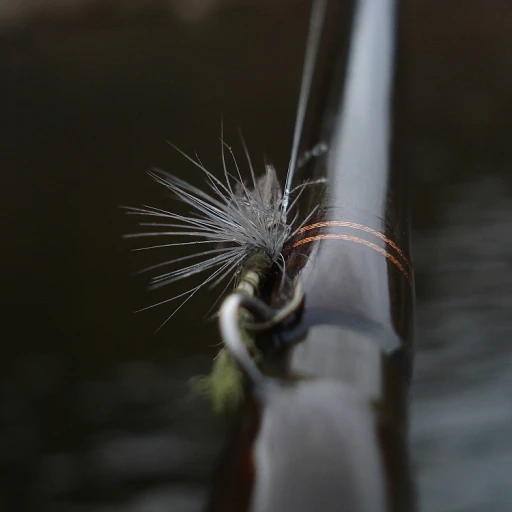
Understanding the Heritage of Native Indian Knives
Tracing Back Through Time: The Rich Heritage of Native Indian Knives
The history of Native Indian knives is deeply rooted in the rich cultural tapestry of Native Americans. These handcrafted tools have not only served a utilitarian purpose but also hold a significant place in their cultural rituals and traditions. American Indian communities honed the art of creating knives, reflecting their close relationship with the land and the resources it provides. Owning such a knife means carrying a piece of history, echoing the age-old craftsmanship that has been passed down through generations. It's not just about the physical attributes of the knives — such as the bone blade or antler handle — but also the stories they carry, often symbolized through decorative native designs or beaded knife sheaths. Many modern-day recreational fishermen find great value in using native knives not only for their practical benefits but for their exceptional craftsmanship that stands out amidst a sea of contemporary alternatives. The unique artistry embedded within each knife, from the intricate details on the knife handle to the durability of the leather sheath, sets them apart as both a tool and a conversation piece. For enthusiasts interested in sustainable fishing practices, understanding the deep connection between these knives and the natural environment can elevate their angling experience. Embracing tools like the Native Indian knife can complement other eco-friendly gear, much like exploring the benefits discussed in the power of solar-powered fishing gear. Whether for their heritage, craftsmanship, or function, Native Indian knives hold a special place in both history and contemporary recreational fishing.Materials and Craftsmanship
The Art of Using Natural Resources
Native Indian knives boast a rich history of craftsmanship, intertwined with the very materials provided by the natural world. Throughout the years, Native Americans have demonstrated remarkable skill in extracting the finest elements from their surroundings to produce tools of great utility and beauty.
One of the standout features of these knives is the incorporation of natural materials like bone, antler, and stone. These ingredients not only enhance the knife’s durability but also reflect a deep respect for nature's bounty. It is this harmony with the environment that fascinates collectors and users alike.
The knife handle, often crafted from resilient wood or bone, offers a reliable grip, crucial for any fishing enthusiast relying on precision and control. Blades, meticulously shaped and sharpened, are typically forged from high-quality materials. The careful selection of these resources ensures the knife’s longevity and performance, which is why many view Native Indian knives as a wise investment.
Another distinguishing factor is the knife sheath. Often beaded and decorated, it is more than a mere protective casing; it is a testament to cultural artistry. These knife sheaths, whether made from leather or other natural fibers, add both practicality and aesthetic value to each piece.
The combination of traditional methods and materials results in knives that are not only functional but also tell a story. They are a connection to a heritage that values sustainable practices, sparking interests in eco-conscious angling methods. Read more about how these traditional tools relate to sustainable fishing practices in our comprehensive guide on eco-conscious angling.
With growing interest in sustainable and culturally significant tools, Native Indian knives hold an esteemed place in both historical and contemporary contexts, offering a unique blend of time-honored craftsmanship and practicality.
Choosing the Right Knife for Fishing
Essential Considerations for Selecting the Perfect Fishing Companion
When it comes to choosing the right knife for fishing, the craftsmanship and heritage of Native Indian knives offer something truly unique. These knives are not just tools but are steeped in the age-old traditions of North American craftsmanship.
To find the ideal knife for your fishing adventure, consider the following factors:
- Blade Material and Design: A key aspect to think about is the blade material. Native Indian knives often feature bone or antler knife handles, which not only provide great grip but also enhance the overall aesthetic appeal somewhat reflected in their decorative native appearance. The blade, often made from high-quality metals, ensures durability and precision.
- Handcrafted Quality: Look for knives that exhibit hand craftsmanship. These are made with meticulous care and attention to detail, ensuring each knife is a testament to the skilled native artisans.
- Price Range: Be mindful of the msrp and sku msrp when purchasing. Prices can vary widely based on the craftsmanship and materials used. Always compare to ensure you’re getting the best value.
- Knife Sheath: A good knife sheath, often made of leather or beaded for added aesthetic appeal, can help protect both you and your knife.
The adventure of fishing in the United States is not complete without the inclusion of an authentic knife that not only respects tradition but enhances your practical pow wow fishing rituals.
Explore the available options, add cart if you're sure, and appreciate both the old-world charm and robust utility that a well-crafted Native American knife brings to your fishing gear ensemble.
Maintenance and Care Tips
Preserving and Maintaining Your Native Indian Knife
To ensure your native Indian knife, with its exquisite craftsmanship, continues to perform at its best, proper maintenance is essential. Here are some tips to help you maintain the beauty and functionality of your knife:
- Cleaning: Always clean your knife after each use, wiping the blade and handle with a soft cloth. For stubborn residue, use mild soap and water, but avoid soaking it to prevent moisture damage, particularly if your knife handle is crafted from materials like antler or bone.
- Sharpening: To keep your american knife razor-sharp, regularly sharpen the blade using a quality sharpening stone. Gently run the blade across the stone at a consistent angle, maintaining the sharpness without damaging the edge.
- Oiling: Periodically lubricate the blade to prevent rust and corrosion, especially if the knife is made from high-carbon steel. A light coat of oil will help protect the blade and enhance its longevity.
- Knife sheath care: Utilize a knife sheath to protect your indian knives when not in use. If you have a leather sheath, treat it with a leather conditioner to maintain its suppleness and prevent cracking.
- Storage: Store your native american knife in a dry environment, away from extreme temperatures. If displaying as a decorative native piece, ensure it remains in a controlled climate to preserve the integrity of the materials.
By following these maintenance tips, your native Indian knife will remain a reliable tool for your fishing adventures, preserving the rich heritage and artistry embodied in each piece.
Comparing Native Indian Knives with Modern Alternatives
A Timeless Comparison: Tradition Meets Modernity
When it comes to choosing between Native Indian knives and their modern counterparts, several factors come into play. The craftsmanship of these indigenous blades connects us to a storied North American heritage, making them more than just tools — they're pieces of art with historical significance.- Design Aesthetics: Native Indian knives are often adorned with decorative native elements such as beaded leather, antler knife handles, or bone blades. These intricate designs cater to those who appreciate the artistry behind each piece. In contrast, modern knives prioritize functionality, often featuring sleek, minimalist designs.
- Materials Used: Traditional knives utilize natural materials like bone and leather, which can provide a unique tactile experience unmatched by synthetic materials prevalent in many modern knives. While both offer durability, traditional knives hold a special attraction for those who admire materials sourced directly from nature.
- Functionality: While modern knives may appeal to those seeking advanced features, with cutting-edge blade technology for quick and efficient use, Native American knives cater to those who find value in heritage and craftsmanship. However, these traditional knives still hold up admirably for the skilled user, making tasks such as scaling and prepping fish a satisfying cultural experience.
- Price Factors: In terms of cost, native knives have a wide range, with prices influenced by craftsmanship, historical significance, and materials like bone or decorative antler. Modern alternatives might offer cost-effective options but often lack the handmade allure that comes with a Native Indian knife.
- Maintenance and Care: As discussed earlier, maintenance of these knives involves attentive care towards the blade and sheath, especially when made from natural materials. This can be a rewarding practice for many, offering a connection to the storied past of Native Americans and their tools.
Where to Find Authentic Native Indian Knives
Finding Authentic Artisanal Pieces
For enthusiasts and collectors seeking genuine Native Indian knives, ensuring authenticity is paramount. Native Indian knives are not only tools but cultural artifacts imbued with centuries of tradition and craftsmanship. Here’s how you can find these unique knives authentically.- Artisan Markets and Pow Wows: Attending cultural events such as pow wows provides an excellent opportunity to see a variety of native knives. These gatherings often feature booths from skilled artisans offering traditional american knife pieces, complete with intricate handles and sheathes.
- Reputable Online Retailers: Certain trusted online platforms specialize in genuine Native American knives. These retailers often provide a "quick view" feature that allows you to explore the details, such as bone blade designs and beaded leather sheaths, ensuring they meet your craftsmanship expectations. Be sure to check the product’s SKU and MSRP for verification.
- Native American Cultural Centers and Museums: Visiting these centers across the United States can provide insights into authentic knife-making traditions and sometimes offer a "sale price" on display pieces that support local artisans.
- Handcrafted Knives Fairs: Events focused on handcrafted knives often display a stock of both traditional and modern knives. Here, you can "add to cart" an authentic piece while ensuring the historical significance and quality are intact.
- Directly from Native Artisans: Purchasing directly from native artisans guarantees authenticity while supporting indigenous craftsmanship. These artisans utilize natural materials like antler or bone for blade and knife handle construction, offering a personal narrative with each piece.

